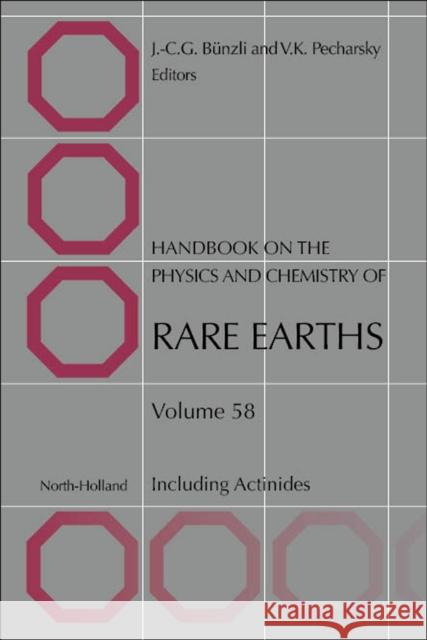Handbook on the Physics and Chemistry of Rare Earths: Including Actinides Volume 58 » książka
topmenu
Handbook on the Physics and Chemistry of Rare Earths: Including Actinides Volume 58
ISBN-13: 9780128211120 / Angielski / Twarda / 2020 / 210 str.
Handbook on the Physics and Chemistry of Rare Earths: Including Actinides Volume 58
ISBN-13: 9780128211120 / Angielski / Twarda / 2020 / 210 str.
cena 1270,82 zł
(netto: 1210,30 VAT: 5%)
Najniższa cena z 30 dni: 1255,25 zł
(netto: 1210,30 VAT: 5%)
Najniższa cena z 30 dni: 1255,25 zł
Termin realizacji zamówienia:
ok. 30 dni roboczych
Bez gwarancji dostawy przed świętami
ok. 30 dni roboczych
Bez gwarancji dostawy przed świętami
Darmowa dostawa!
Kategorie:
Kategorie BISAC:
Wydawca:
North-Holland
Seria wydawnicza:
Język:
Angielski
ISBN-13:
9780128211120
Rok wydania:
2020
Numer serii:
001080637
Ilość stron:
210
Waga:
0.45 kg
Wymiary:
22.86 x 15.24 x 1.27
Oprawa:
Twarda
Wolumenów:
01











